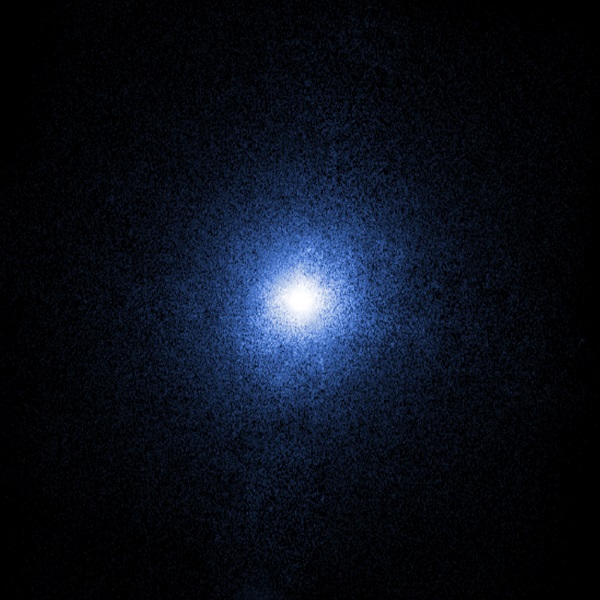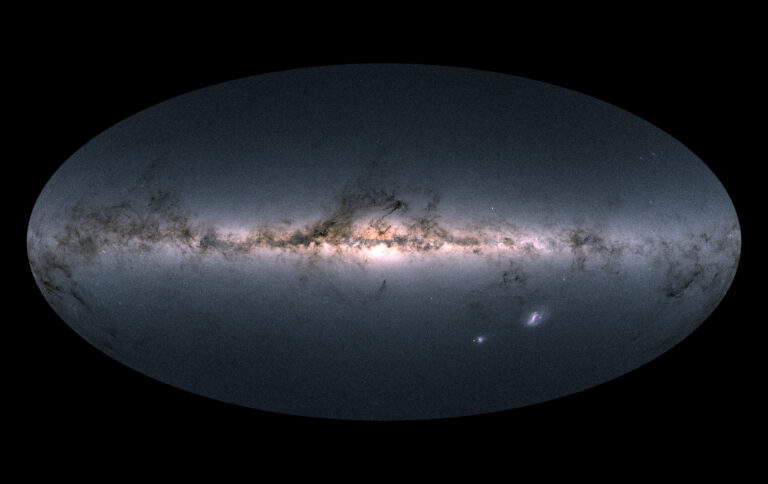Key Takeaways:
Formerly, astronomers had developed two possible geometrical models for what the area close to the black hole looked like. Now, in a recent paper published in Nature Astronomy, researchers from Japan and Sweden have determined which model is most likely. They’ve found that this particular black hole, at least, has an extended flat accretion disk with a spherical, extended cloud of heated gas in the center.
The black hole of Cygnus X-1
Cygnus X-1 (also called Cyg X-1) is one of the most famous black holes in our galaxy. It is the first source that astronomers could agree was a black hole, and the subject of a well-known 1974 bet between Kip Thorne and Stephen Hawking. Thorne bet that Cyg X-1 was indeed a black hole, while Hawking bet that it wasn’t. By 1990, when the majority of the astronomical community had agreed the source of X-rays in Cyg X-1 was a black hole, Hawking conceded the bet (and subsequently, as per the conditions of the wager, bought Thorne a year’s subscription to Penthouse magazine).
As the black hole sucks in matter from its companion, that matter swirls into an accretion disk, making its way inward until it eventually falls past the event horizon and disappears from view. The accretion disk is extremely hot – so hot that it shines in energetic light: X-rays and even gamma rays. Astronomers’ current picture of the accretion system around a black hole includes both the flattened disk, as well as a spherical “corona” of hot gas, which gives off hard (high-energy) X-rays, near the black hole. On top of that, Cyg X-1 also has jets, which shoot out perpendicular to the disk from near the event horizon. Astronomers don’t know exactly what causes the jets, though they suspect magnetic fields come into play.
Where’s the corona?
There are two leading models of the accretion disk and corona that astronomers use to explain the X-rays we see from Cyg X-1 and other similar systems. The first, called the lamp-post model, envisions the corona as a compact region of gas tightly bound to the black hole, but not surrounding it. In the second model, the extended model, the corona is a larger region of gas that encompasses the black hole entirely. The two models produce different observations — X-rays from the disk and corona are bent or scattered differently, depending on the geometry of the system. To differentiate between the two models, the researchers here used a technique called X-ray polarimetry: They measured the orientation of incoming X-rays — e.g., they looked at the direction the light was vibrating — to build up a picture of how those X-rays had been scattered when they left the black hole system.
Instead, the team used an instrument called a polarimeter, launched aboard a balloon called PoGO+, to measure the orientation of the X-rays and find out how they were reflecting off the accretion disk. From there, they could work backwards to determine the corona’s shape. If the corona looked like the lamp-post model envisioned, such a compact region should significantly bend photons toward the accretion disk, which would then reflect more of the light. If it looked like the extended model, there should be a weaker gravitational influence, less bending of the X-rays, and less reflected light off the disk.
And Cyg X-1 is only the beginning. “The black hole in Cygnus is one of many,” Takahashi said. “We would like to study more black holes using X-ray polarimetry, like those closer to the center of galaxies.” That information might bring us closer to understanding not only how black holes evolve, but the galaxies around them as well.

Want to learn more about black holes and other extreme objects in our universe? Check out our free downloadable eBook: Exotic objects: Black holes pulsars, and more.













